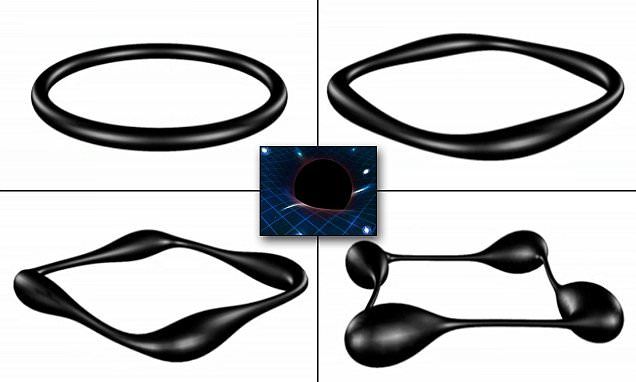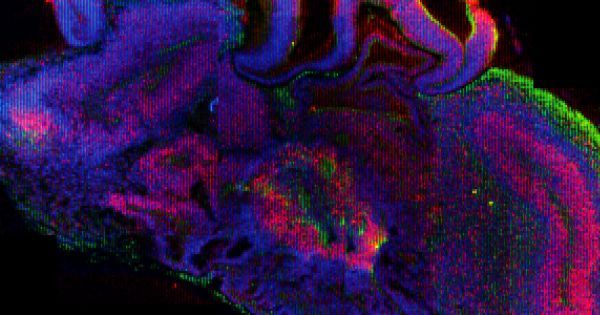Feb 18, 2016
A five-dimensional black hole could break the theory of relativity
Posted by Karen Hurst in categories: computing, cosmology, physics
The 5 Dimensional Black Hole could break the theory of relativity: Simulation suggests strange rings with ‘ultragravity’ that defy physics may exist.
Follow us: @MailOnline on Twitter | DailyMail on Facebook.
Researchers from the University of Cambridge and Queen Mary University of London made the discovery after simulating a black hole shaped like a very thin ring using computer models.

















